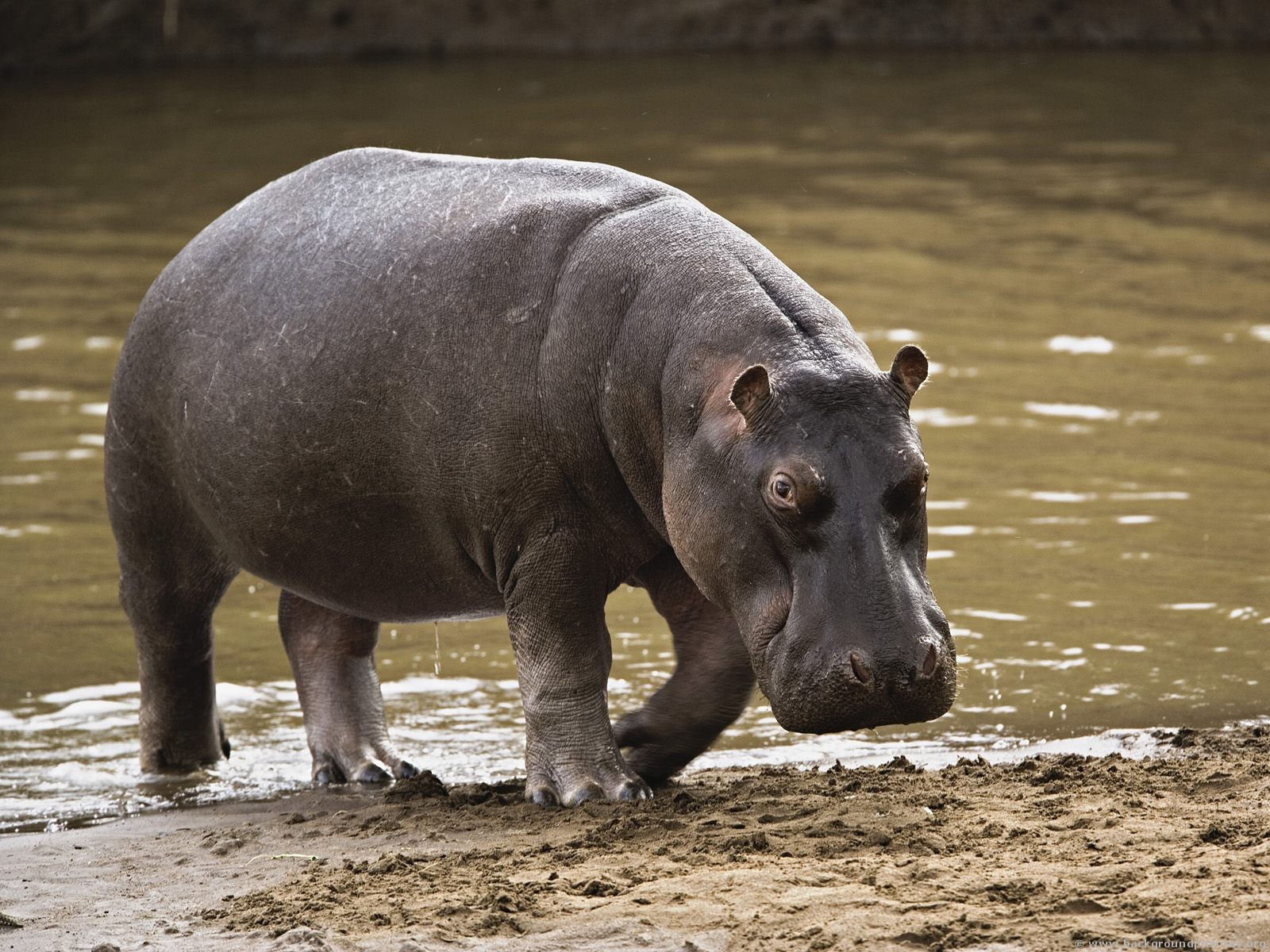Hippos are one of the largest mammals on Earth, and their unique characteristics make them a subject of fascination for many. As semi-aquatic creatures, they spend a significant amount of their lives in the water, which contributes to their distinct lifestyle and behavior. In this comprehensive article, we will explore various aspects of hippos, including their biology, behavior, habitat, and conservation status. We aim to provide readers with an in-depth understanding of these magnificent animals and the importance of protecting their natural habitats.
In this article, we will delve into the biology and behavior of hippos, their role in the ecosystem, and the threats they face due to habitat loss and poaching. With the keyword "hippopotam" at the forefront, our goal is to educate readers on the significance of these animals and highlight the need for conservation efforts. By the end of this article, you will have a better appreciation for hippos and their critical role in maintaining the balance of their ecosystem.
The hippo, scientifically known as Hippopotamus amphibius, is an iconic species that has captivated the interest of researchers, wildlife enthusiasts, and the general public alike. This article will serve as a comprehensive guide to understanding hippos, presenting a wealth of information that adheres to the principles of expertise, authoritativeness, and trustworthiness.
Table of Contents
- Biography of the Hippopotamus
- Physical Characteristics of Hippos
- Habitat and Distribution
- Behavior and Social Structure
- Diet and Feeding Habits
- Conservation Status and Threats
- Cultural Significance of Hippos
- Conclusion
Biography of the Hippopotamus
| Attribute | Details |
|---|---|
| Scientific Name | Hippopotamus amphibius |
| Common Names | Hippo, River Horse |
| Family | Hippopotamidae |
| Habitat | Rivers, lakes, and wetlands in sub-Saharan Africa |
| Size | Up to 16 feet long and can weigh between 3,000 to 8,000 pounds |
| Life Span | 40 to 50 years in the wild |
Physical Characteristics of Hippos
Hippos are renowned for their massive size and unique physical attributes. Here are some key characteristics:
- Size: Adult hippos can weigh between 3,000 to 8,000 pounds, making them one of the heaviest land mammals.
- Skin: Their skin is thick and hairless, providing protection from the sun and aquatic environments.
- Mouth: Hippos have large mouths with formidable teeth, which they use for both feeding and defense.
- Color: Their skin color ranges from grayish to brown, with some appearing pink due to the secretion of a natural sunscreen.
Habitat and Distribution
Hippos primarily inhabit the rivers, lakes, and wetlands of sub-Saharan Africa. They are semi-aquatic animals that spend much of their time submerged in water to keep cool. Their distribution is influenced by the availability of water sources and suitable grazing areas.
Geographical Range
Hippos are found in various countries in Africa, including:
- Kenya
- Tanzania
- Uganda
- South Africa
- Democratic Republic of the Congo
Behavior and Social Structure
Hippos are known for their social nature, often forming groups called pods. These groups typically consist of 10 to 30 individuals, led by a dominant male. They exhibit a range of behaviors that are crucial for their survival.
Social Interactions
- Hippos are highly social animals, often seen interacting with one another through vocalizations and physical contact.
- They establish hierarchies within their pods, with dominant males asserting control over breeding rights.
Diet and Feeding Habits
Hippos are herbivores, primarily grazing on grasses. They are known to consume up to 150 pounds of vegetation each night. Despite their massive size, hippos have a relatively simple diet.
Feeding Behavior
- Hippos graze during the night to avoid the heat of the day, typically traveling up to 6 miles from water sources to find food.
- They use their large mouths to uproot grass and other vegetation, which they chew with their molars.
Conservation Status and Threats
The conservation status of hippos is currently classified as vulnerable by the International Union for Conservation of Nature (IUCN). Several threats contribute to their declining populations.
Major Threats
- Habitat Loss: Deforestation and agricultural expansion have reduced their natural habitats.
- Poaching: Hippos are hunted for their ivory tusks and meat, leading to significant population declines.
- Climate Change: Changes in climate patterns affect the availability of water sources, impacting hippo populations.
Cultural Significance of Hippos
Throughout history, hippos have held a significant place in various cultures, symbolizing power and strength. They are often depicted in art, folklore, and mythology, showcasing their importance to human societies.
Symbolism in Various Cultures
- In ancient Egyptian culture, hippos were associated with fertility and were often depicted alongside deities.
- Contemporary cultures recognize hippos as iconic wildlife, drawing attention to conservation efforts and ecotourism.
Conclusion
In summary, hippos are fascinating creatures that play a vital role in their ecosystems. From their unique physical characteristics to their social behavior and dietary habits, understanding hippos is crucial for their conservation. As we face increasing threats from habitat loss and poaching, it is essential to advocate for the protection of these magnificent animals. We encourage readers to share their thoughts in the comments section and explore more articles on wildlife conservation.
Call to Action
We invite you to spread awareness about hippos and their conservation needs. Share this article with your friends and family, and consider supporting organizations dedicated to wildlife protection. Together, we can make a difference in preserving the natural habitats of these incredible animals.
Final Thoughts
Thank you for taking the time to learn about hippos. We hope this article has provided valuable insights into their lives and the challenges they face. We look forward to seeing you back on our site for more engaging content about wildlife and conservation.
Understanding 161cm In Feet: A Comprehensive Guide
Garfield 9/11: An In-Depth Look At The Iconic Comic Strip's Reflection On A Defining Moment In History
Can Dimetapp And Tylenol Be Taken Together? A Comprehensive Guide


